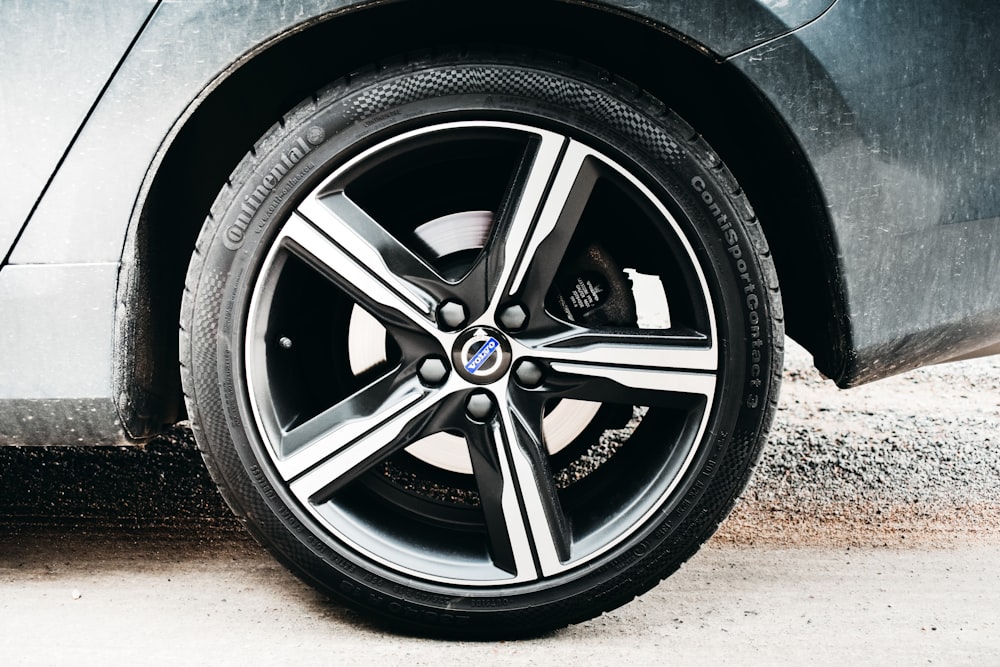Eco-Friendly Roofing Solution: The Benefits of Rubber Shingles Sustainable Roofing for Modern Homes In the realm of roofing materials, rubber...
sustainable
Home extensions have become increasingly popular in recent years as homeowners seek to maximize their living space without the hassle...
The Future of Living: Exploring Geodesic Dome Houses Innovative Design: The Geodesic Dome Concept Geodesic dome houses represent a remarkable...







